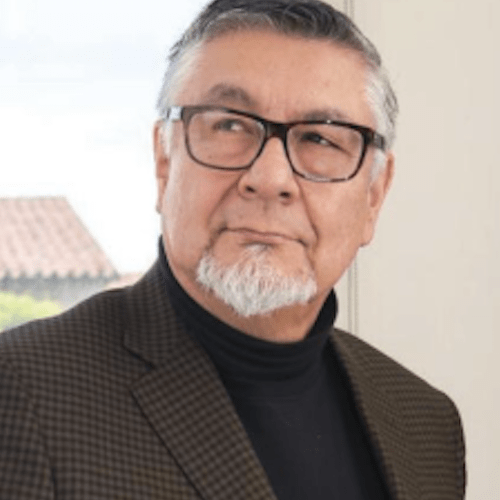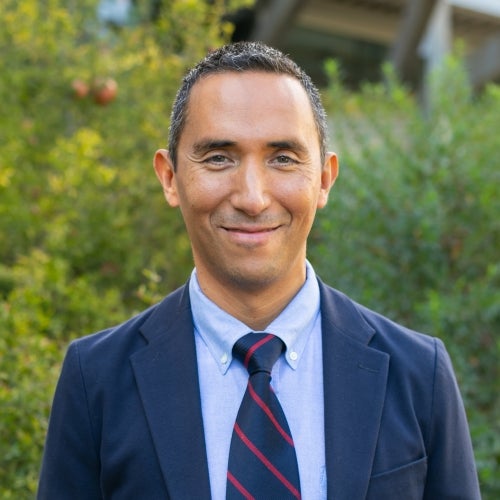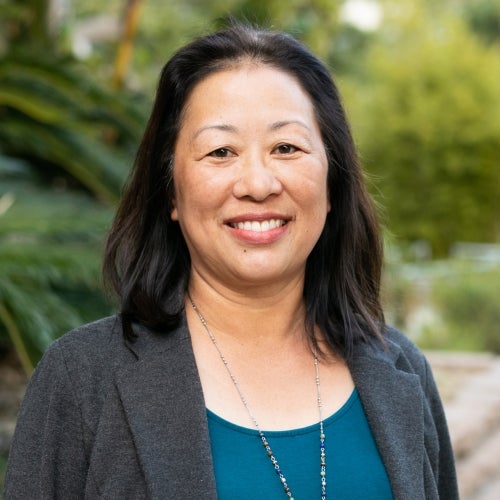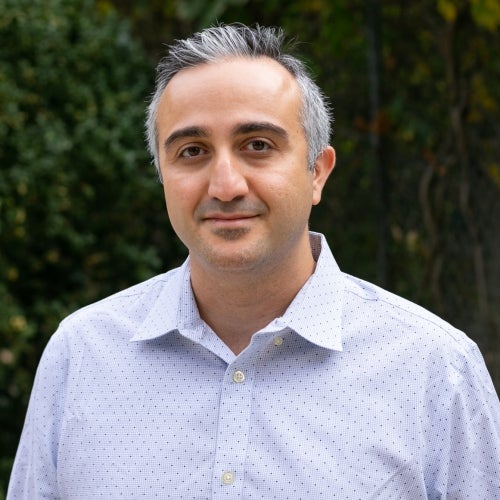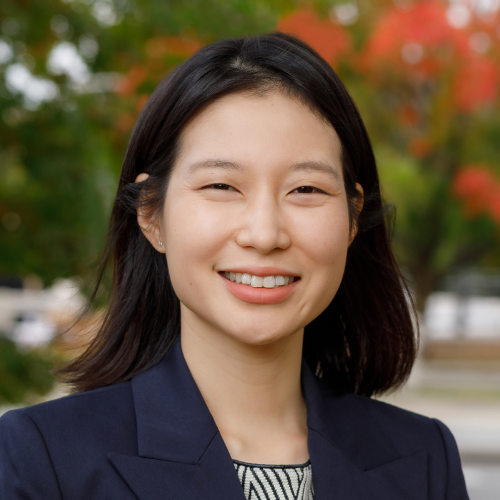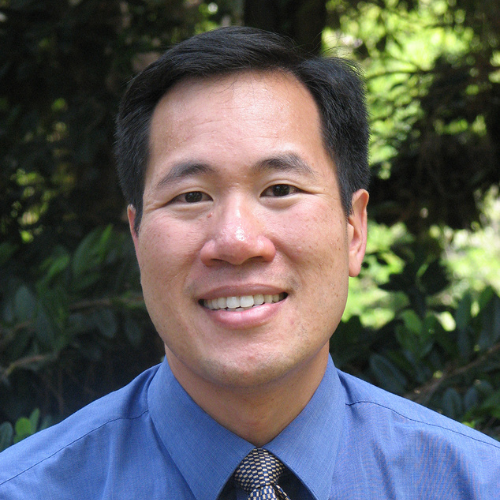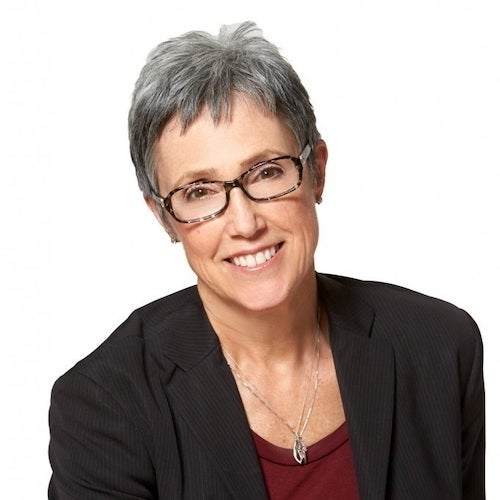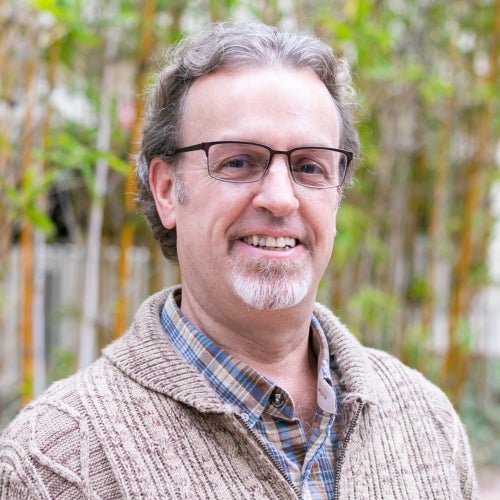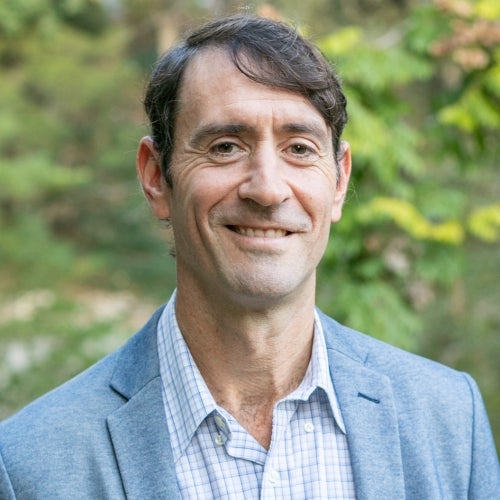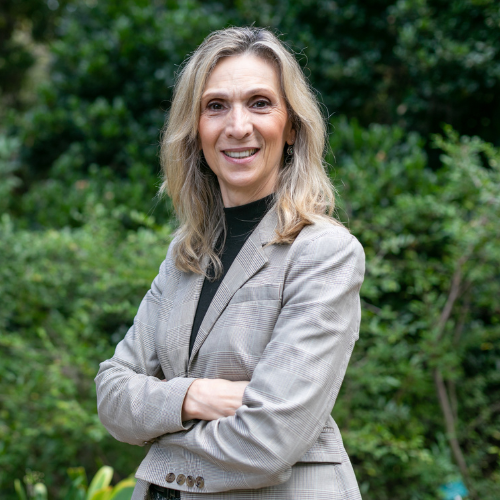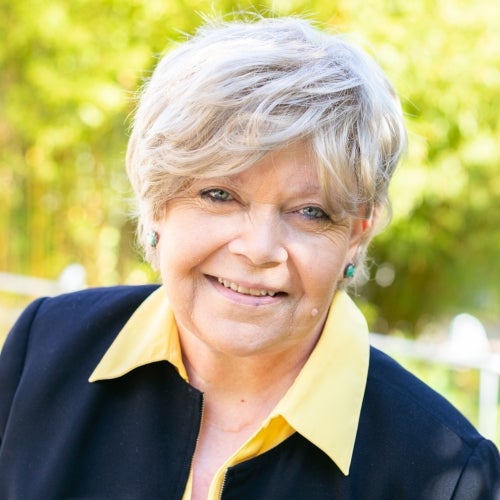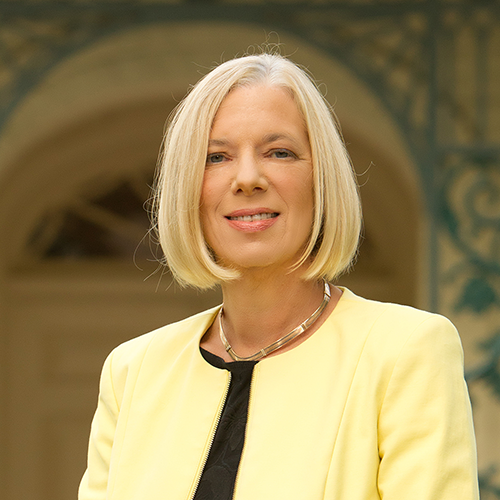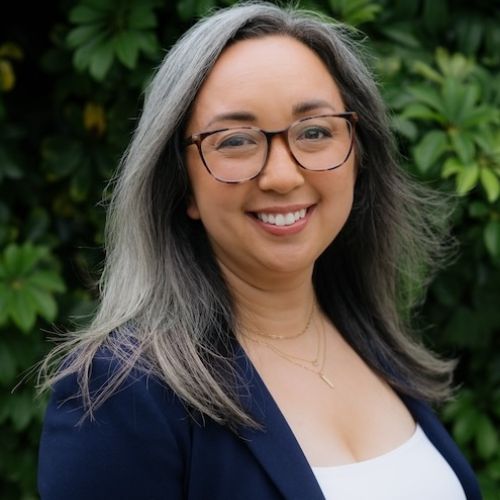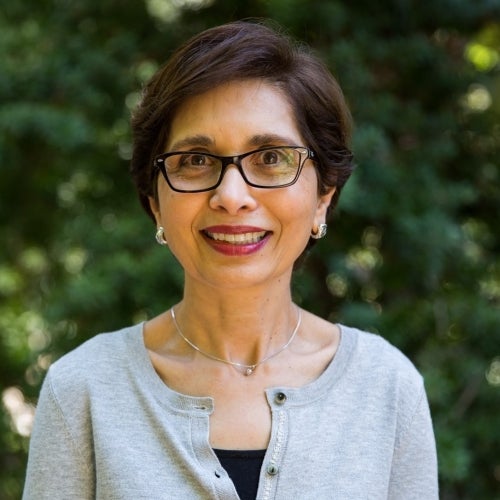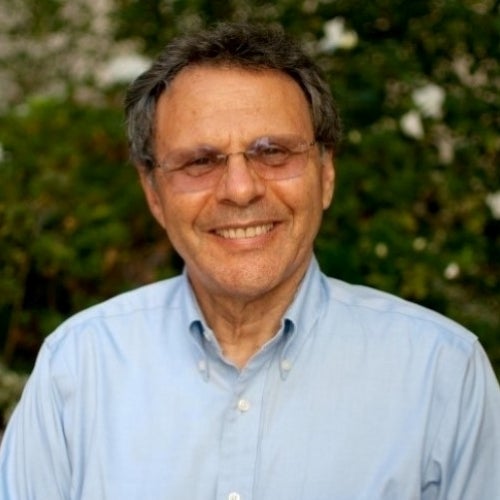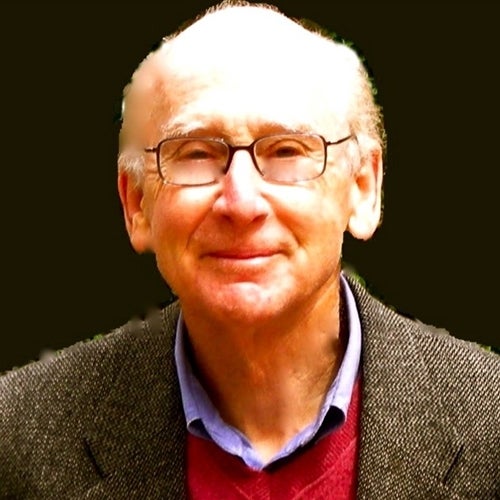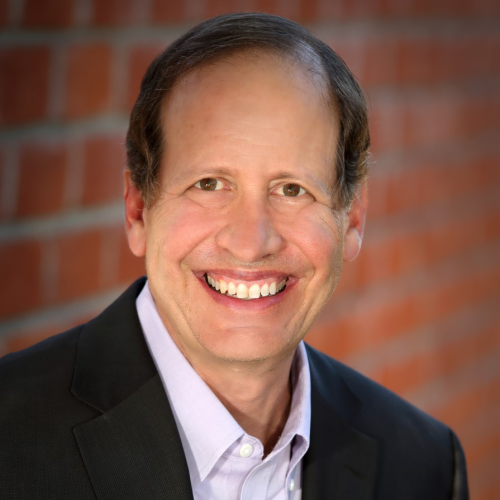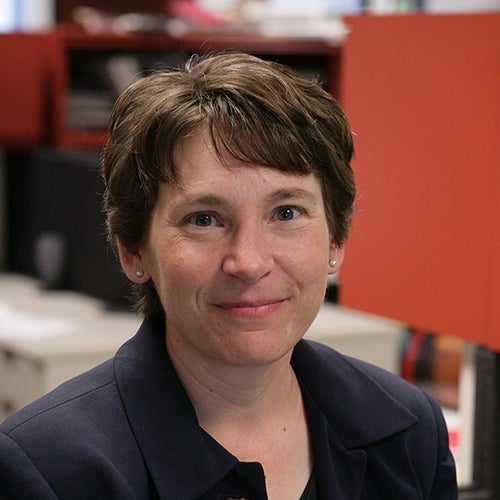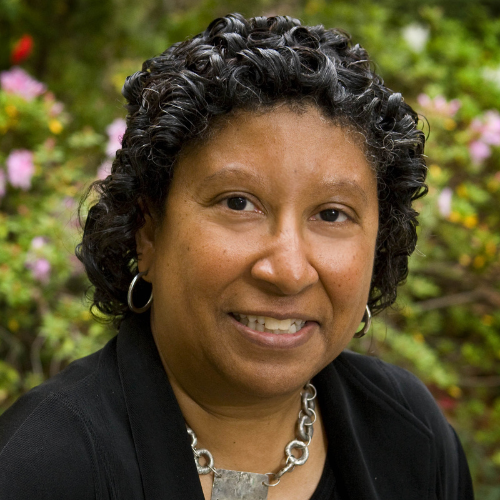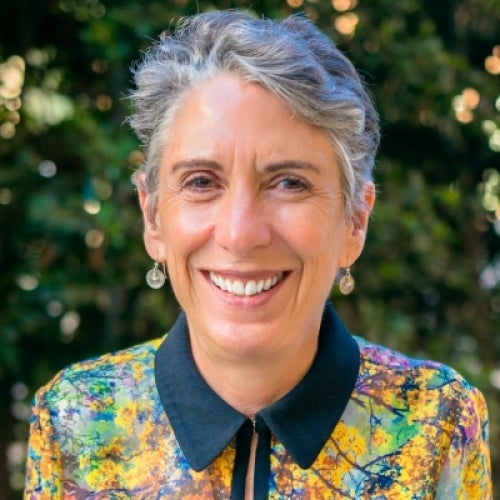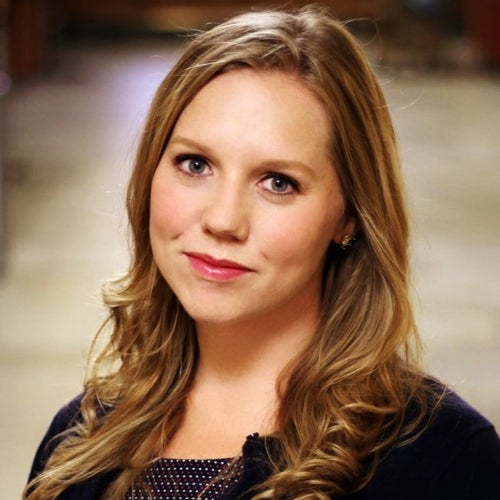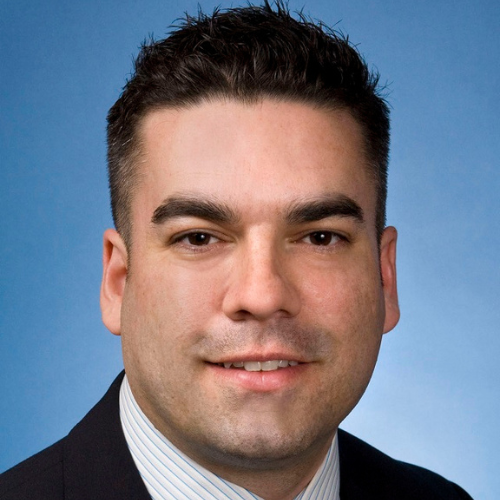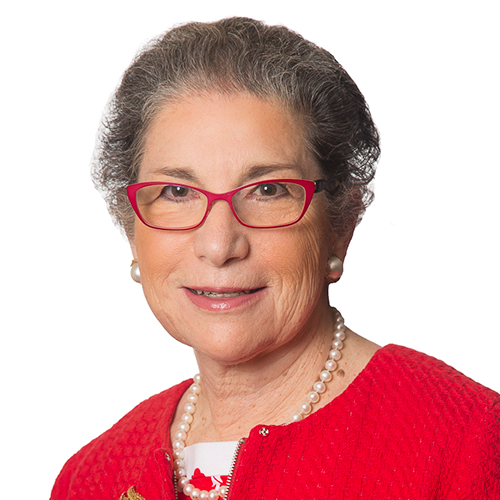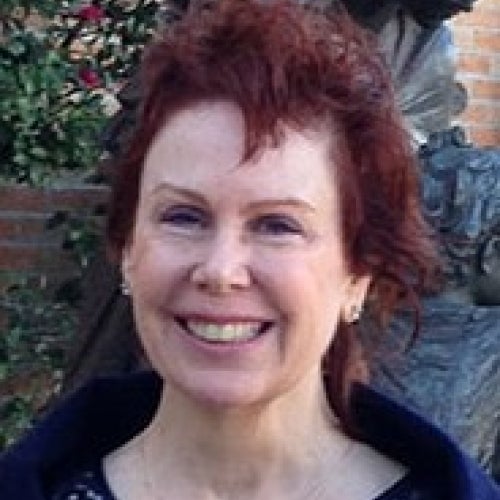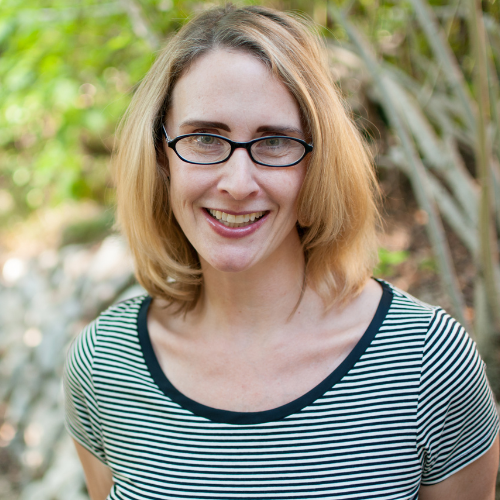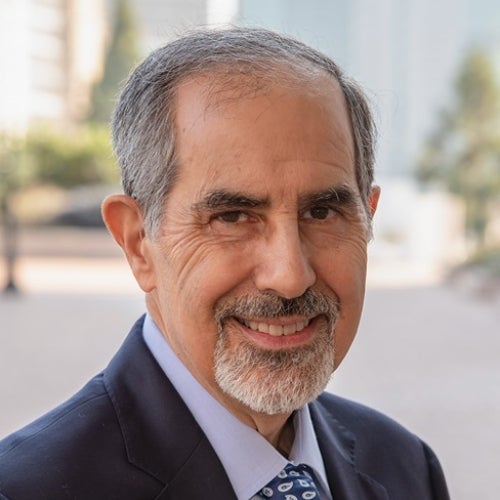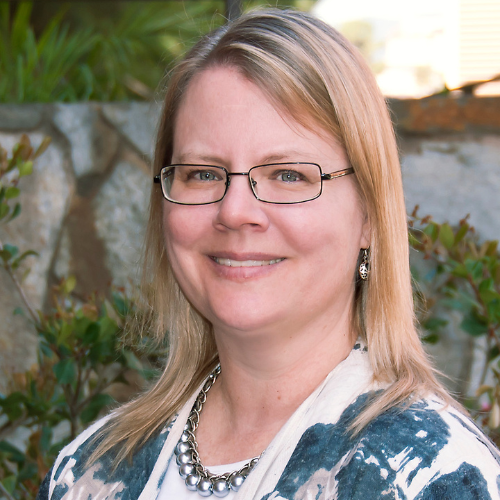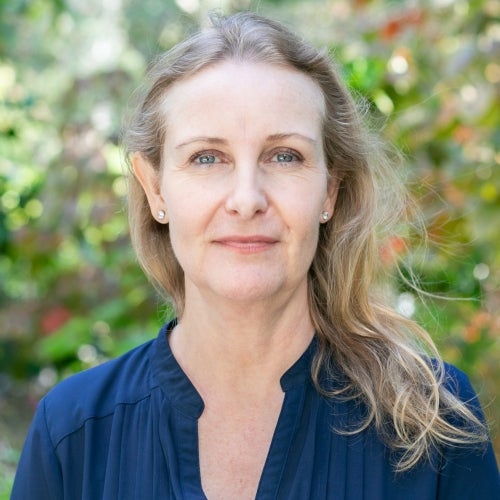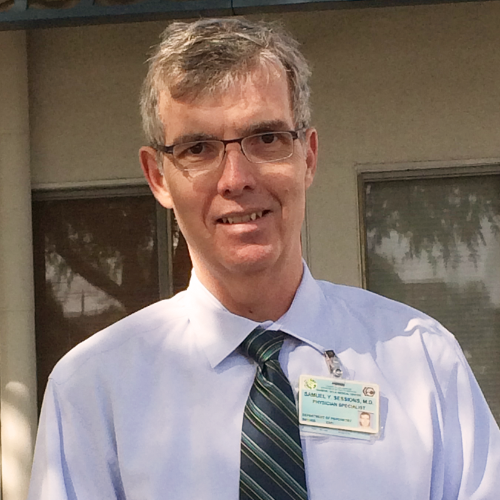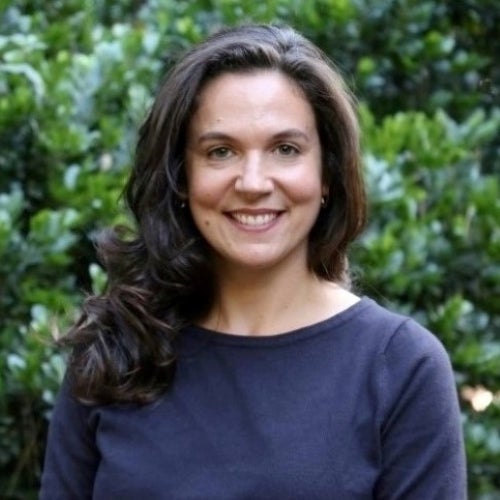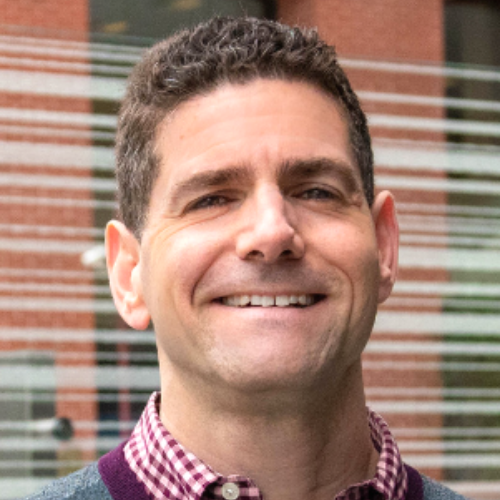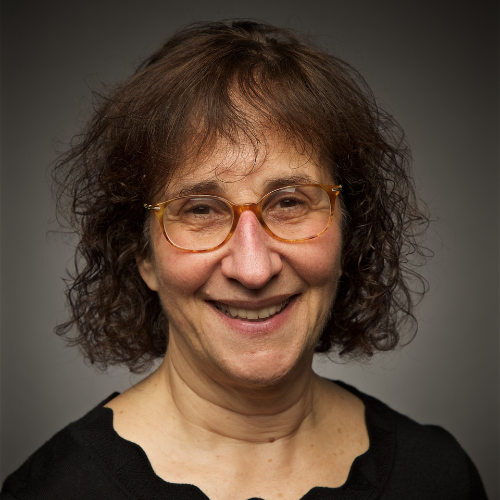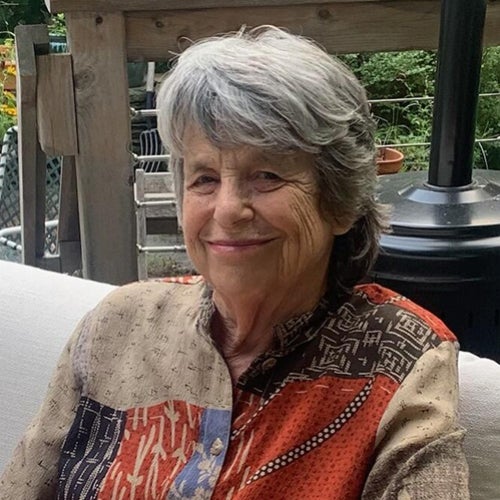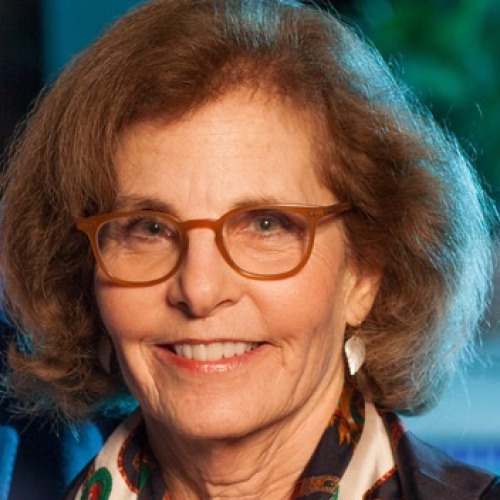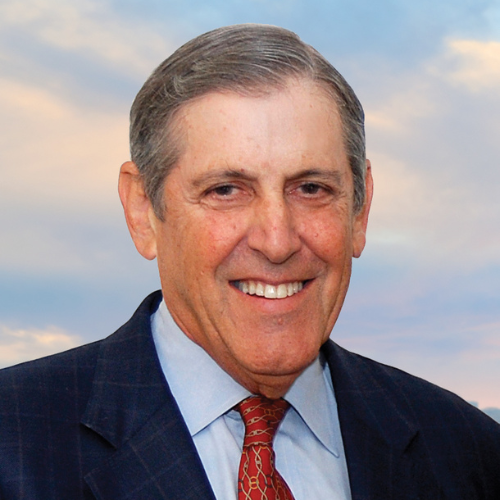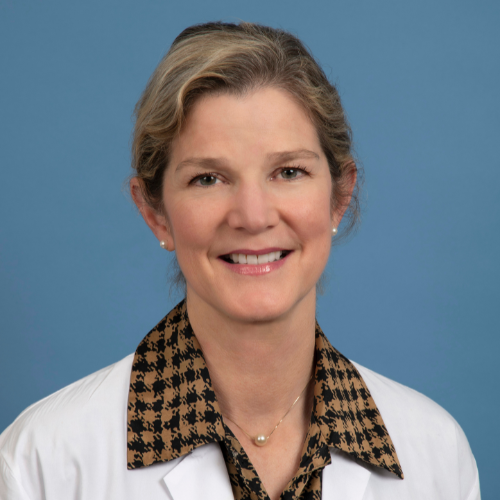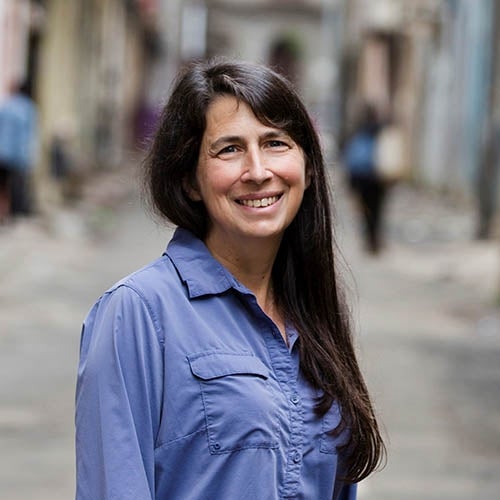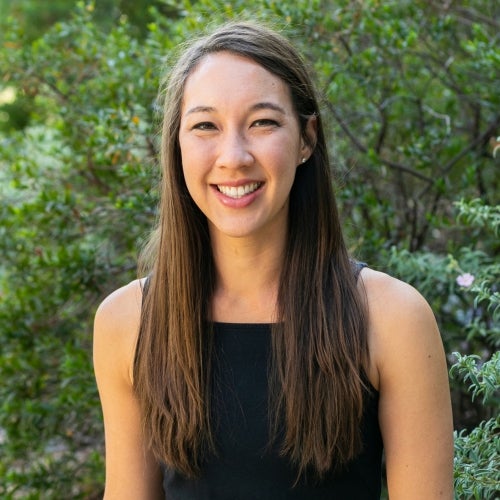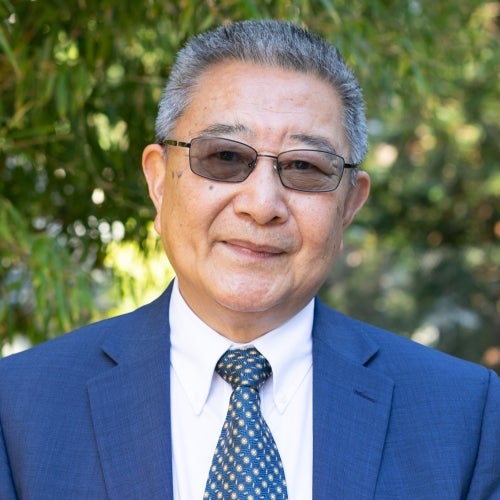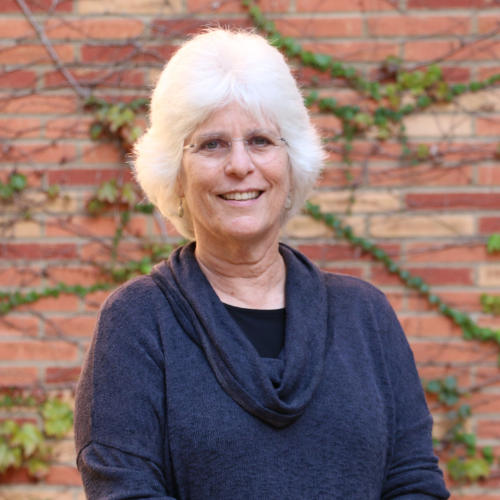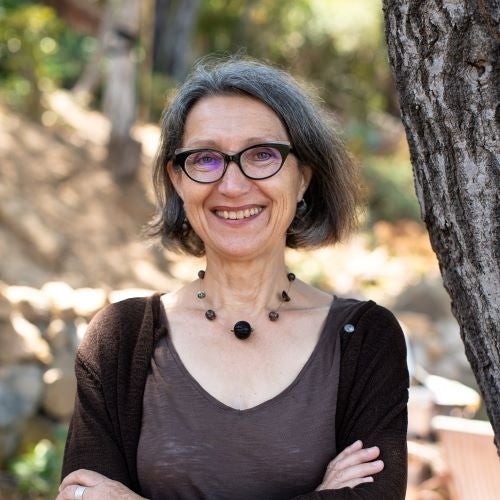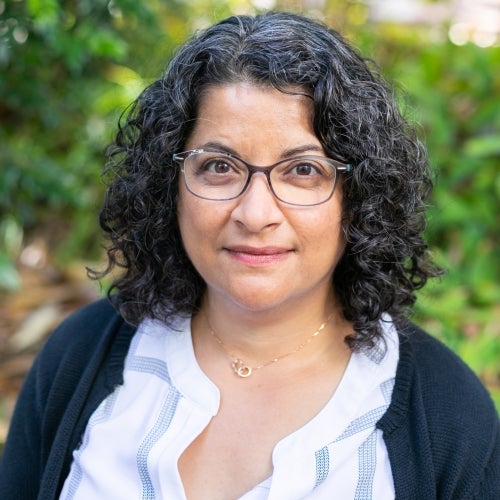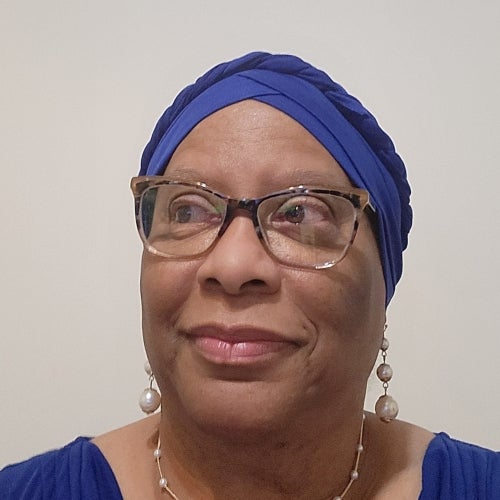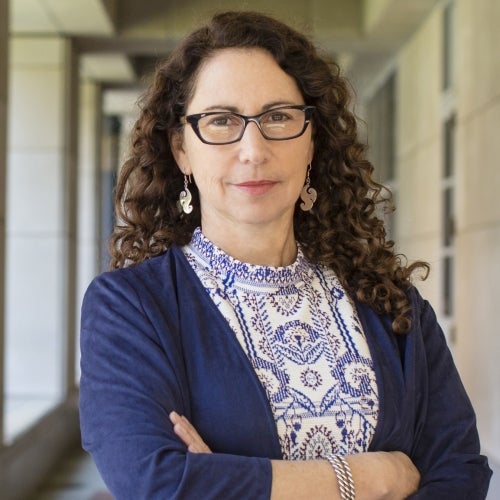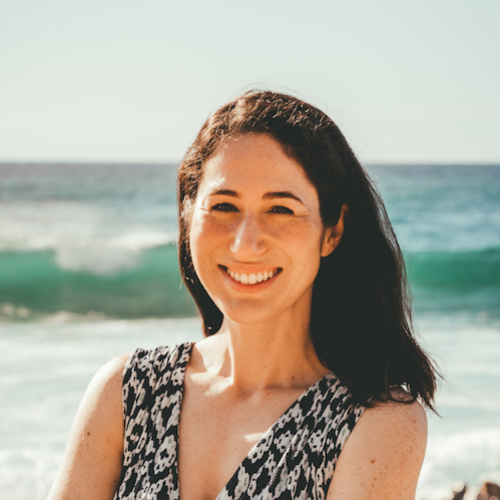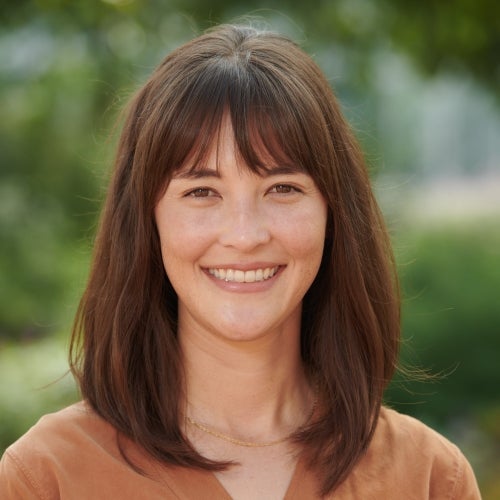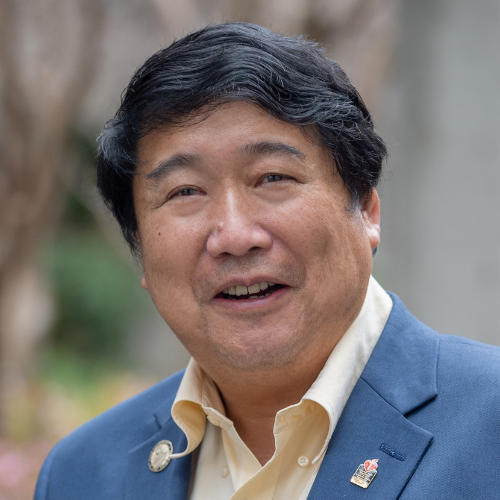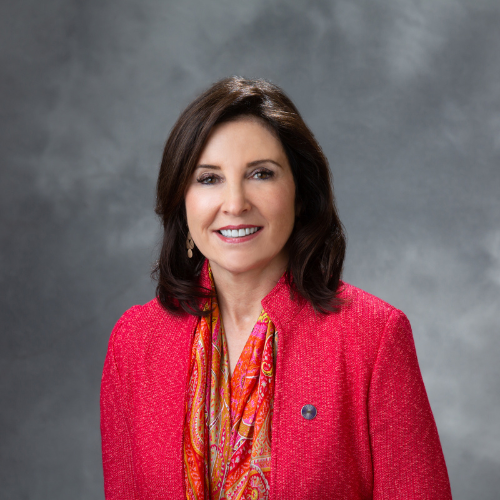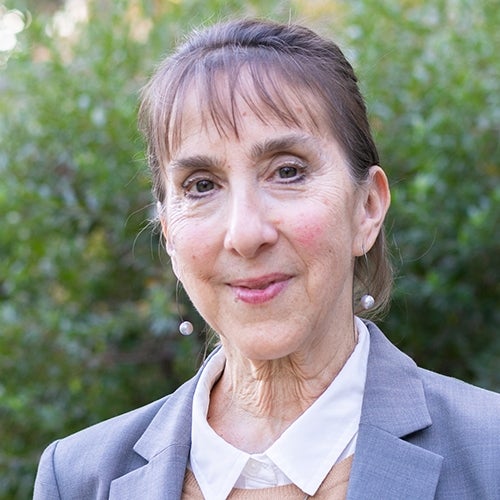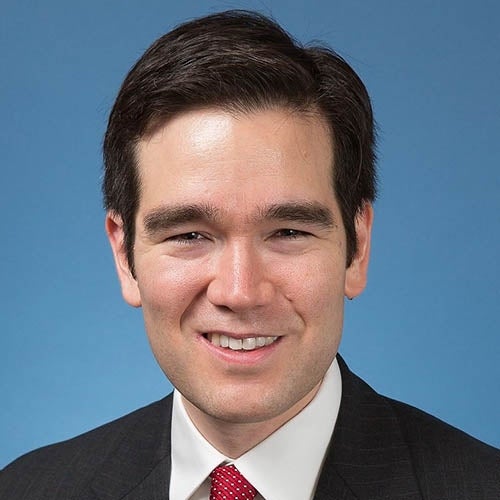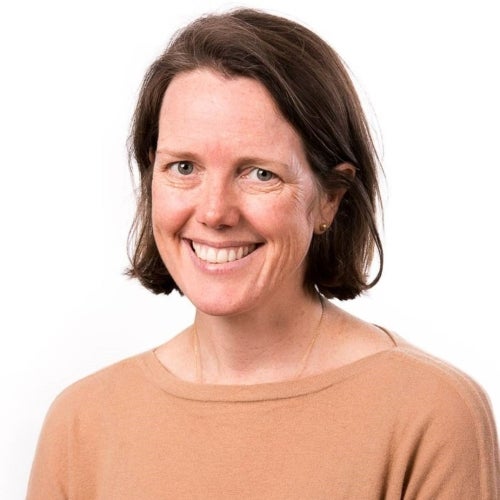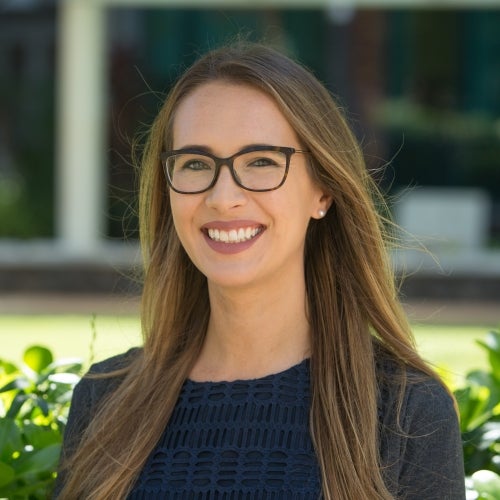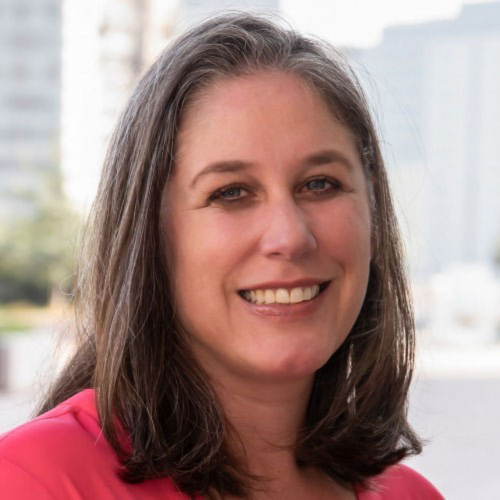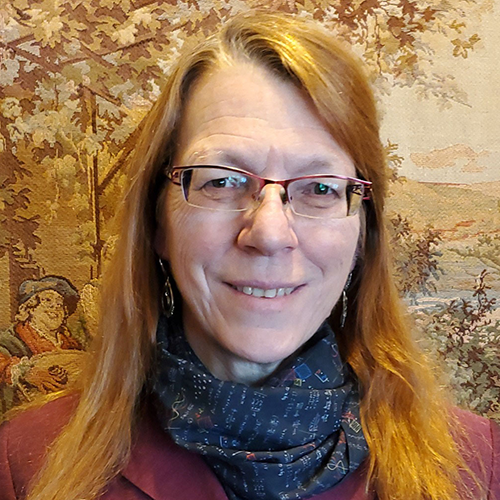COVID-19 in vulnerable communities: An examination of race and ethnicity in Los Angeles and New York City
A new research brief from experts at the UCLA Latino Policy & Politics Initiative compares the prevalence & impact of the COVID-19 pandemic.
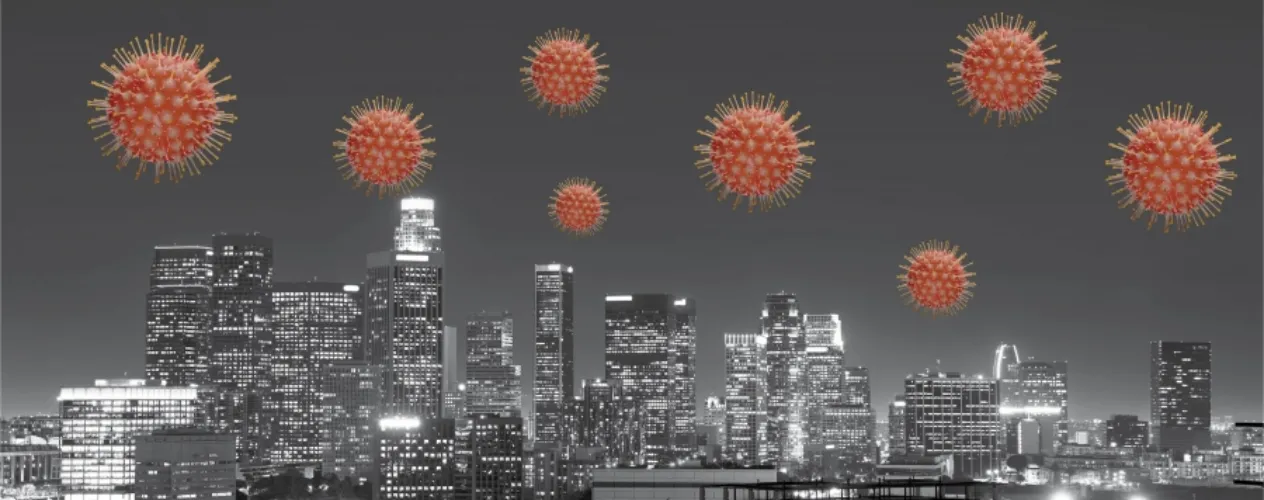
A study published today by UCLA researchers found that Latino and Black residents of Los Angeles County and New York City are roughly twice as likely as white residents to die from COVID-19. The research also revealed that high-poverty neighborhoods in both regions have the highest rates of COVID-19 cases and COVID-19–related deaths.
The report's authors include Arturo Vargas Bustamante, UCLA Fielding School of Public Health associate professor of health policy and management; and David Hayes-Bautista, professor of health policy and management. It's findings are based partly on research by Hayes-Bautista and Paul Hsu, adjunct assistant professor of epidemiology.
"Last week the number of COVID cases in California surpassed the number of cases in New York," Bustamante said. "The report findings highlights that among Los Angeles and New York residents, those living in households below the poverty line, dealing with food insecurity, lacking adequate internet or digital technologies, or reporting limited English language proficiency, may face unequal access to care during the COVID19 pandemic. Our report discusses the challenges faced by these vulnerable communities among a resurgence of COVID cases in California."
Sonja Diaz, founding director of the UCLA Latino Policy and Politics Initiative, which published the report, said two significant reasons for those trends are that low-income Black and Latino people in both regions tend to have a greater need to work outside of the home and a greater reliance on public transportation, both of which put them at a greater risk for exposure to the coronavirus.
“We are now seven months into the pandemic, and we are starting to have clear information about the disproportionate health and economic impacts that communities of color are facing,” Diaz said. “It’s time to address the specific ways that COVID-19 hurts Latino and Black families and to protect our most vulnerable communities as the virus surges across the nation.”
In Los Angeles County, the age-adjusted death rate was 54 per 100,000 for Latino residents and 46 per 100,000 for Black residents, compared to 23 per 100,000 for white residents; in New York City, the age-adjusted death rates were 247 per 100,000 for Latino residents, 237 per 100,000 for Black residents and 120 per 100,000 for white residents.
The authors recommend that six measures be implemented immediately in cities with large populations of vulnerable communities:
- Increase testing for low-income communities of color.
- Provide access to health services and healthy food in low-income communities.
- Add protections on public transportation, including providing hand sanitizing stations and free masks.
- Expand access to health care and paid sick leave for essential workers.
- Increase access to telehealth for low-income residents and the uninsured to bridge the lack of medical care.
- Ensure that accurate race and ethnicity information is being collected so that elected officials and public health experts can understand the impact of COVID-19 in communities of color.
The researchers analyzed data from Los Angeles County and New York City, two urban areas that have been hard-hit during the pandemic and are home to large Latino and Black populations. They found that residents who didn’t have health insurance, lived in overcrowded housing conditions and had limited access to the Internet will encounter inequitable access to health care during the pandemic.
In addition, the authors found that people between the ages of 18 and 40 have the highest rate of infection in Los Angeles County; in New York, people over age 45 are most affected. Men in both regions have higher rates of infection than women.
“Essential workers are putting their lives at risk every day to keep the economy running and our families fed, and it’s making them sick,” said Laura Martínez, the lead author of the report and a UCLA postdoctoral fellow in obstetrics and gynecology. “The data clearly shows that the brunt of the pandemic is being felt by our most vulnerable communities, and our government leaders must take into account the specific needs of Black and Latino residents.”
Written by Eliza Moreno
Faculty Referenced by this Article

Professor of Community Health Sciences & Health Policy and Management, and Associate Dean for Research
Nationally recognized health services researcher and sociomedical scientist with 25+ years' experience in effectiveness and implementation research.

Dr. Michelle S. Keller is a health services researcher whose research focuses on the use and prescribing of high-risk medications.

Dr. Ron Andersen is the Wasserman Professor Emeritus in the UCLA Departments of Health Policy and Management.
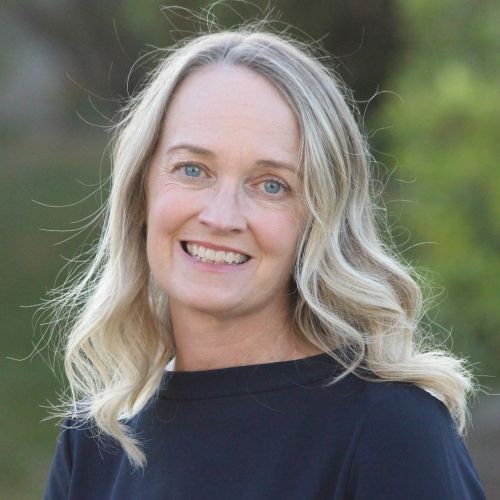
EMPH Academic Program Director with expertise in healthcare marketing, finance, and reproductive health policy, teaching in the EMPH, MPH, MHA program

Dr. Anne Rimoin is a Professor of Epidemiology and holds the Gordon–Levin Endowed Chair in Infectious Diseases and Public Health.

Dr. Joseph Davey is an infectious disease epidemiologist with over 20 years' experience leading research on HIV/STI services for women and children.

Robert J. Kim-Farley, MD, MPH, is a Professor-in-Residence with joint appointments in the Departments of Epidemiology and Community Health Sciences
